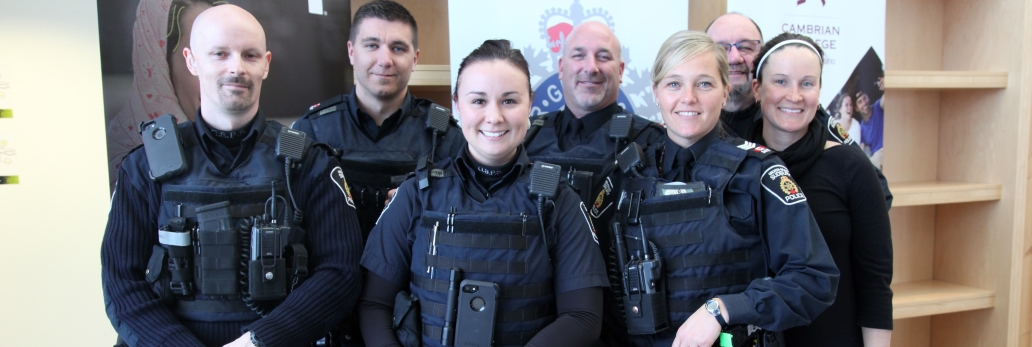
As part of our ongoing commitment to the Community Safety and Well-being Plan and Downtown Strategy, members of the Central Community Response Unit (CRU)—working in close collaboration with Patrol Operations and the Integrated Crime Section (ICS)—continue to focus on addressing concerns, issues, and crimes in the downtown core.
Between January 1 and August 27, 2025, officers conducted 2,189 focused patrols and responded to 6,189 calls for service. During this period, officers made 679 arrests, representing a 31% increase compared to 2024, and laid 1,198 charges, a 27% increase year-over-year.
From 2024 to 2025, calls for service in the downtown core rose by 6%, with the most significant increases seen in:
- Property-related crimes: up 30%
- Social disorder: up 21%
- Traffic complaints: up 14%
Conversely, there were notable decreases in:
- Ambulance assists: down 28%
- Mental health and well-being calls: down 14%
- Violent crimes: down 8%
Social disorder calls were primarily related to:
- Unwanted persons: 1,165 calls
- Suspicious persons: 250 calls
- Disturb the peace: 248 calls
Additionally, complaints related to homelessness increased by 32%, open drug use by 28%, and panhandling by 26%, highlighting the complex social challenges facing our downtown community.
As part of the Downtown Strategy, from July 3 to August 31, 2025, CRU members—supported by Patrol Operations and ICS—launched a High Visibility and Community Outreach Initiative. This initiative resulted in:
- 1,321 focused patrols
- 129 arrest warrants executed
- 81 provincial and federal charges laid
- 10 weapons seized
- Approximately $22,000 worth of illicit drug
Officers conducted 110 bike patrols and 48 foot patrols, engaging with 7,088 community members. Through these interactions, 1,449 individuals were referred to vital services including the cooling shelter, crisis response teams, Go-Give outreach, and the homelessness network.
The opioid crisis continues to impact individuals, families, and communities, contributing to rising rates of addiction, homelessness, and mental health challenges. Addressing these issues requires a multi-faceted and compassionate approach—one that balances enforcement with harm reduction, public education, and strong community partnerships.
Through collaboration with healthcare providers, social service agencies, and community organizations, police efforts are increasingly focused on evidence-based solutions that prioritize both public safety and individual well-being. These partnerships are essential in connecting vulnerable individuals with the supports they need, reducing harm, and fostering a safer, healthier downtown for all.
 I Want To
I Want To





 Subscribe to this page
Subscribe to this page